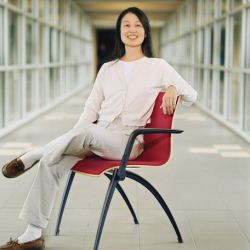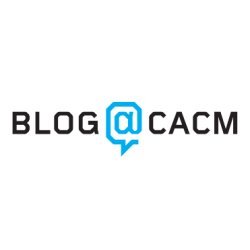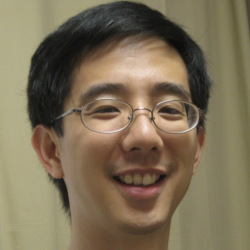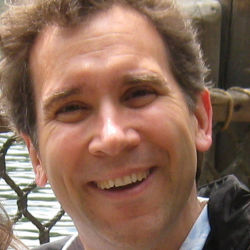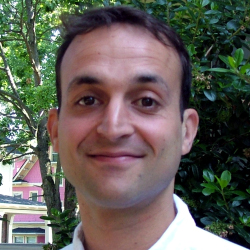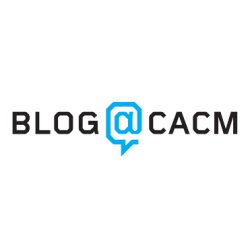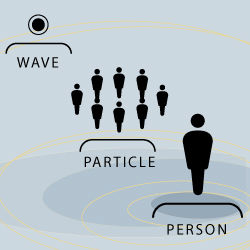BLOG@CACM
Speech-Activated User Interfaces and Climbing Mt. Exascale
Helping Younger People Protect Themselves from Security Attacks
Only the Developed World Lacks Women in Computing
Media Computation: For Creativity and Surprises
Visibility Matters: Why You Need a Professional Web Page
High-Performance Computing: Where
Common Problems of Se Students in Latin America, Part 2
Recommendation Algorithms, Online Privacy, and More
Designing Effective Security Warnings
Security Education Can Really Work (but Only If It’s Done Right)
‘There’s an App For That,’ and You Could Write It
When Petascale Is Just Too Slow
Common Problems of SE Students in Latin America, Part 1
What To Do With Those Idle Cores?
The Great Electronic Brain and the Rhetoric of Recruitment
What Is a Good Recommendation Algorithm?
Social Wavicles and Personalized Flows
The Importance of Programming in Introductory Computing Courses
Shape the Future of Computing
ACM encourages its members to take a direct hand in shaping the future of the association. There are more ways than ever to get involved.
Get InvolvedCommunications of the ACM (CACM) is now a fully Open Access publication.
By opening CACM to the world, we hope to increase engagement among the broader computer science community and encourage non-members to discover the rich resources ACM has to offer.
Learn More